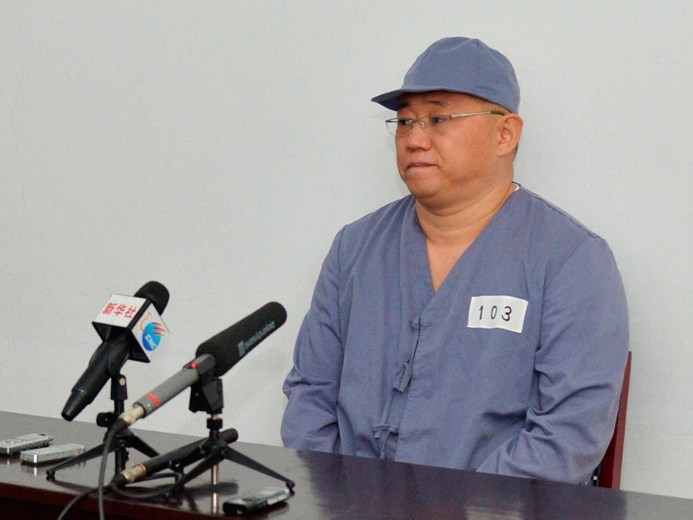Three Reasons for Young Adults to Use Modern Technology
Young adulthood is a time of uncertainty. An 18-34 year old might wonder, where should I live, what should I study, or even, who am I? Luckily, technology today makes life planning a little easier. For instance, young adults can try education online for free, they can use games to enhance their lives, and use the Internet to learn about the world around them.
Games Usually when games are in the news, it is because something bad has happened. Creeping up in popularity is a different kind of game designed by forward-thinking people who want to make a positive social impact in the world. Academic research touts the benefits of these 'serious games'. Possible benefits of social impact games include management of stress, improved cognitive functioning, crisis resolution, and decision-making skills; games can educate players on health, sexual, relationship, and other matters. There are serious games that let people try out their 'dream job' or live a day in the life in someone else's shoes. The interactive and entertainment aspect of game playing makes learning fun, and players can begin to experience the world from a new perspective (Massie and Shamblin, 2014). In a game environment, players can feel safer knowing that if they make the wrong choice, they can still turn around and start again, and there will not be real world consequences. Games like Depression Quest, SPARX, and MoodTune were designed to help people with depression and anxiety- common afflictions in young adults. See here. Other games, like this one, are being developed to boost self-esteem in vulnerable populations like young girls. This gamification of important social issues will continue to grow in multiple ways- the quality, contributors, interactivity, and use of multiple channels to create a dynamic experience will become more advanced. The White House has its own page just for gaming here, which discusses how "Games for impact (sometimes called "serious games") are designed to be at once entertaining and engaging, and also something more: educational, enlightening, and perhaps even designed to motivate action" (DeLoura, 2013).
Travel Consider explorers and travelers like Magellan, Lewis and Clark, Jack Kerouac- individuals that have charted new territory, crossed social boundaries, and inspired generations to make their own paths. It is important for young adults to go out in the world, learn how people are the same and different, and see the opportunity available to them. Travel can be expensive, but with the help of technology, expenses and time can be saved. People seeking to see the world can use modern technology to gain much more from their experience. On the World Wide Web, they can plan where they want to go and how they want to spend their time. They can research the history and culture of a travel destination online. Today, there are unique options like Volunteer Vacations. The World Wide Web enables young people to make unique connections with others around the world like them, and makes global travel much more accessible.
When I was 18, I left college after my first year, I backpacked around Europe, and still look back to this experience as more enlightened. Now, I plan to repeat this journey nearly 20 years later, and look forward to using technology to plan my trip as I go. A tablet with a wi fi connection can provide quick solutions to big problems. For instance, on a recent trip to Tibet, and I could not remember my hotel room number- all I had was my key card and my Tablet. I was able to speak my 'situation' into my tablet, and then have it translate for me, so the desk clerks could understand that I did not know where my room was. Something that could have taken hours to fix took a minute!
Conclusion The tools of our culture are designed to make our lives easier. But in recent years, technology has advanced to such levels that it is hard to keep track of the best tools to use. Fortunately, the most successful technologies will stand out- the modern technologies with the most advantages become clearer. Serious gaming stands out as a growing trend that will not go away. MOOCS continue to multiply. Finally, the information on the Internet grows and becomes more diverse, closing the digital divide and making it easier to connect globally- all great reasons for young people get on the tech wagon!





 This light Efik soup is traditionally cooked without oil using goatmeat
or chicken in which case, they are called "afia efere ebot" or "afia
efere unen" respectively. Fresh fish can also be used.
This light Efik soup is traditionally cooked without oil using goatmeat
or chicken in which case, they are called "afia efere ebot" or "afia
efere unen" respectively. Fresh fish can also be used.


 KYODO / Reuters file
KYODO / Reuters file
